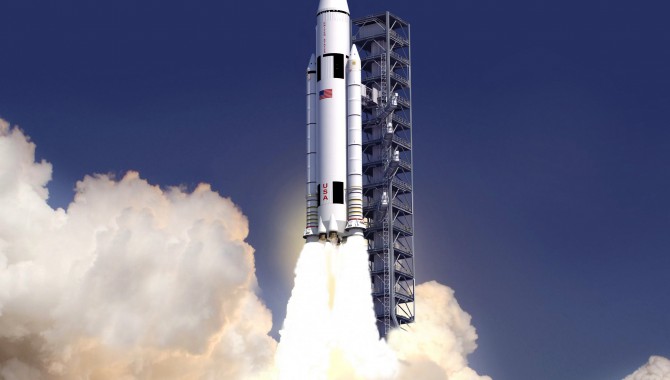
Whats Next for NASA? The end of the Space Shuttle program marks the end of an era for NASA, but not the end of NASA’s ambitious goals for space exploration, aeronautics, science, and technology.

Whats Next for NASA? The end of the Space Shuttle program marks the end of an era for NASA, but not the end of NASA’s ambitious goals for space exploration, aeronautics, science, and technology.
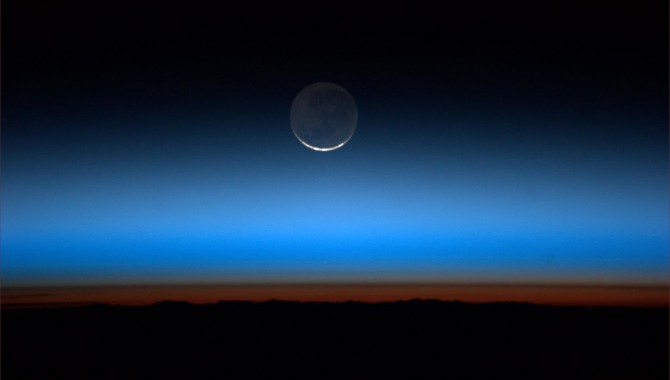
On July 31, 2011, Expedition 28 astronaut Ron Garan looked out his window aboard the International Space Station and saw the moon. In fact, he saw it sixteen times. “We had simultaneous sunsets and moonsets,” said Garan. For him and the rest of the station crew, this extraordinary event is a daily occurrence. Since the […]
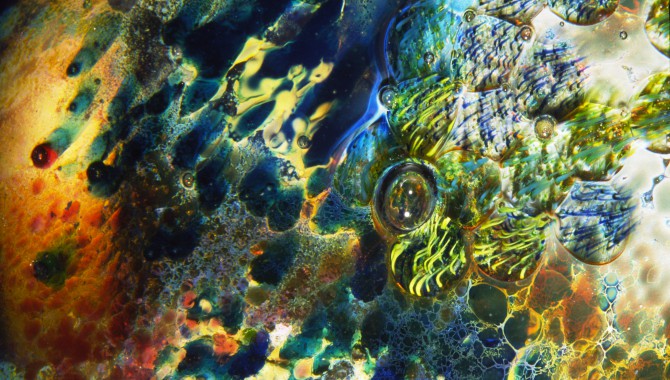
Close-up detail of the surface of one of Josh Simpson’s glass “Planet” sculptures. Inspired in part by photographs taken by Astronaut Cady Coleman, his wife, he creates his fantasy planets in his studio in Shelburne Falls, Massachusetts. Photo Credit: Tommy Olof Elder

By ASK Editorial Staff In March 2011, some two dozen representatives from space agencies and related organizations around the world meet in the top-floor conference room of the European Space Agency’s (ESA) Paris headquarters.

NASA in the News NASA Public Affairs Officer Josh Byerly talked with ground-support personnel and mission officials in Russia and Kazakhstan as they prepared for the landing of Expedition 27 on May 23, 2011.

A mobility chassis prototype is demonstrated in 2008 as part of a series of tests of lunar surface concepts. This is one prototype of many that are field tested as part of NASA’s ongoing Desert Research and Technology Studies, or Desert RATS. The Desert RATS tests offer a NASA-led team of engineers, astronauts, and scientists […]
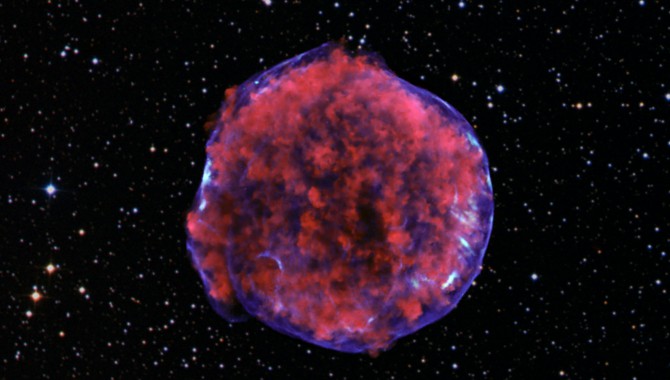
NASA in the News A pattern of X-ray “stripes” in the remains of the Tycho supernova, discovered after long observation with NASA’s Chandra X-ray Observatory, may provide the first direct evidence that a cosmic event can accelerate particles to energies a hundred times higher than those achieved by the most powerful particle accelerator on Earth, […]
NASA’s ASK Magazine gives program and project managers, engineers, and scientists a way to share expertise and lessons learned with fellow practitioners. This is only one way ASK helps share knowledge as part of NASA’s Academy of Program/Project and Engineering Leadership.
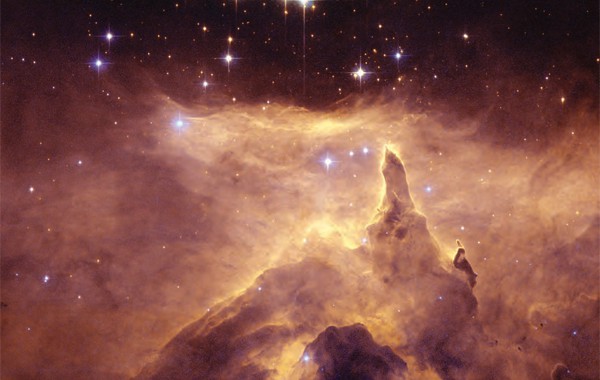
The small open star cluster Pismis 24 lies in the core of the NGC 6357 nebula in Scorpius, about 8,000 light-years away from Earth.